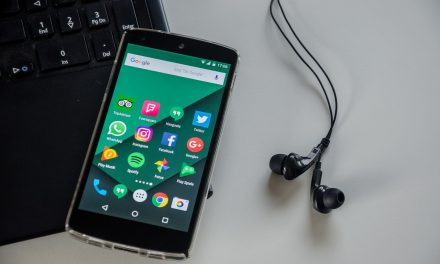Since its creation with the open source project, to provide accessibility has been one of Android main features. This gives developers the opportunity to reach a huge potential audience at global scale. As we’ve seen in previous articles, Android is present on smartphones, Smart TVs, Tablets and even wearables.
But, how does Android covers this wide range of devices? To do so, certain compatibility must be implemented in order to enable some features variability and user interfaces flexibility. This can even be done by using a single application package (APK).

The Android app framework allows developers to specify configurations such as different XML layouts for different screen sizes, for instance. Android helps loading just the right resources for each device, although developers can also define what type of devices have access to their app.
Android device compatibility
Android has defined a compatible device as “one that can run any app written by third-party developers using the Android SDK and NDK”.
Find out the differences between these two development kits here.
Now, to maintain the compatibility feature, they manage an Android Compatibility Program that manufactures need to follow to develop Android compatible devices and be part of Android app ecosystem.
Also, Android SDK provides the tools developers need to clarify the required devices features to run their applications, and Google Play takes care of allowing apps installations on compatible devices only, whether for hardware or software reasons.
To sum up: Android’s most important goal is to establish an open platform for developers to innovate the apps market. They do this by creating a common ecosystem in which third-party developers can write apps users want and by making a balance between keeping its openness feature and providing compatibility.
What do you think about the compatibility Android offers to device manufacturers, app developers and end-users?








